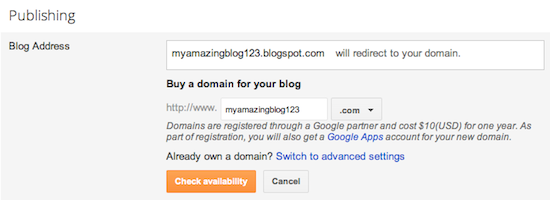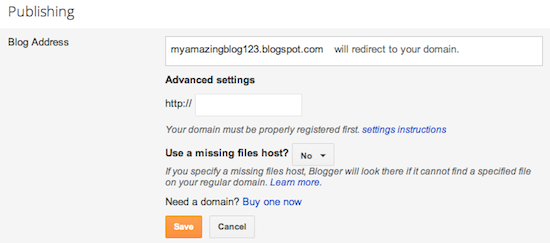As
with all web developers, it’s always important to test your projects
locally before putting it out there for the entire web community to see.
One must-have developer tool for this purpose is WAMPServer. We’ve all
wished it’s automatically up and running when we need it. These easy
steps will help you automate WAMPServer to run on system start-up.
For
those unfamiliar with WAMPServer, it is a development package that lets
you run web development projects locally. WAMP stands for Windows,
Apache, MySQL, PHP/Perl/Python. It’s basically four programs packaged to
work as one. WAMP basically turns any Windows PC into a localized web
server. The Linux counterpart is called LAMP, obviously.
Once
WAMPServer is installed in your PC, you’ll be able to test your web
projects before putting it into the live environment. But I always found
it a hassle to manually start the service every time I need it. With
these easy steps, you’ll never have to manually start WAMPServer ever
again.
From All Programs, go to the Accessories folder and select Run. A shortcut for this is Windows Key + R.

Type services.msc and click OK. This will open the Services Management Console.

In Services Management Console, look for ‘wampapache‘. The Startup Type
will be set to ‘Manual’ and so we’ll need to change this to
‘Automatic‘. Right-click on it and select ‘Properties’.
In the properties window, select ‘Automatic‘ for ‘Startup Type‘. Then,
click on ‘Apply‘ and then close the property window. We’ve just set the
Apache side of WAMP to run automatically on startup.

Still in Services Management Console, look for ‘wampmysqld‘. We’ll also
set this to automatic, so right-click on it and select ‘Properties‘.

Select ‘Automatic‘ for ‘Startup Type’. Click on ‘Apply’ and then close the Properties and Services Management Console.

Restart your machine/PC.
After the restart, log back in and open a browser. Type localhost
(127.0.0.1) in the address bar. localhost is the address for the local
installation of WAMPServer in your PC. If the Server Configuration page
for WAMPServer loads – Congratulations, you’ve just successfully
automated your WAMPServer startup.






























